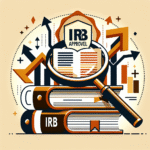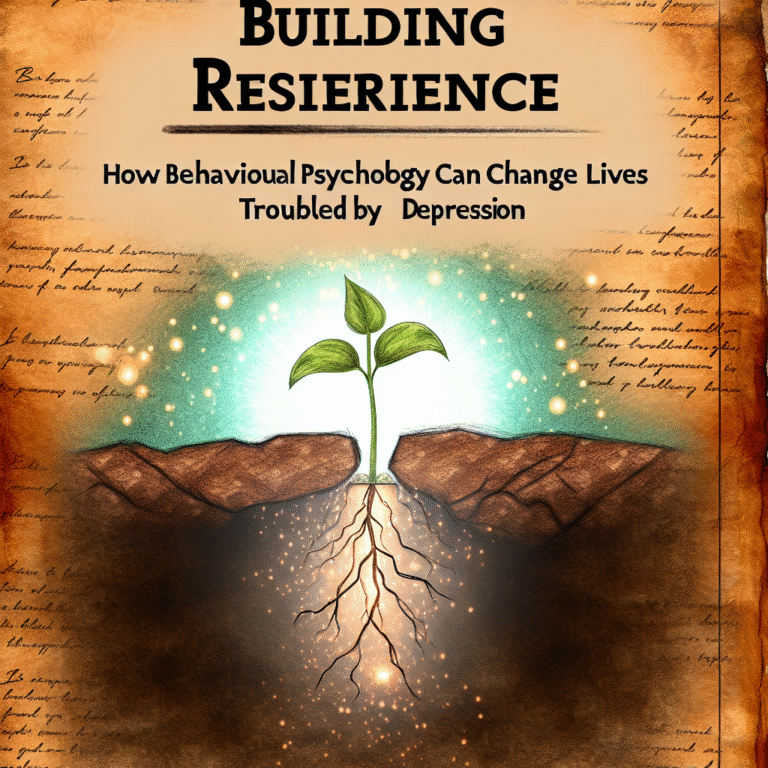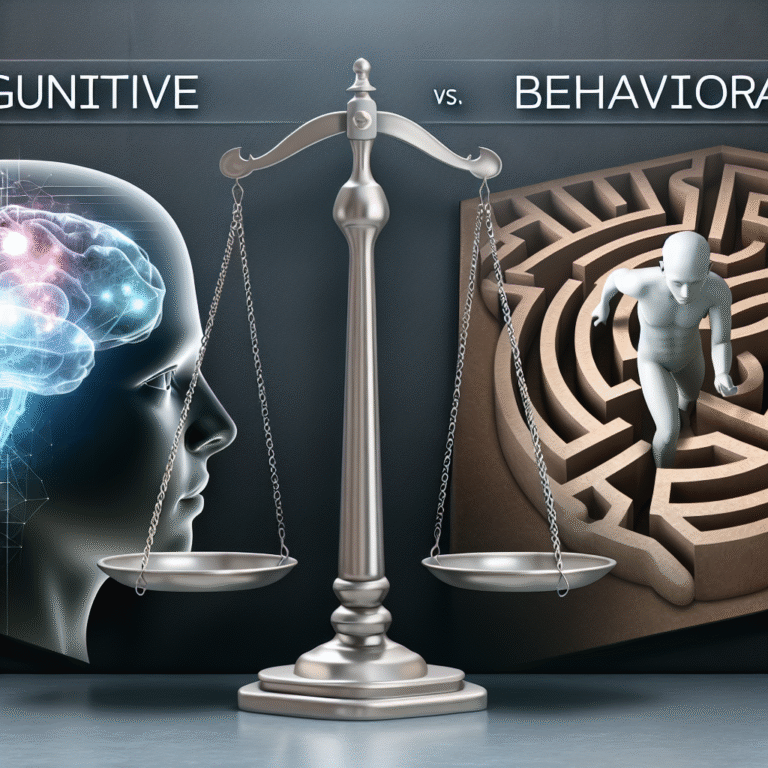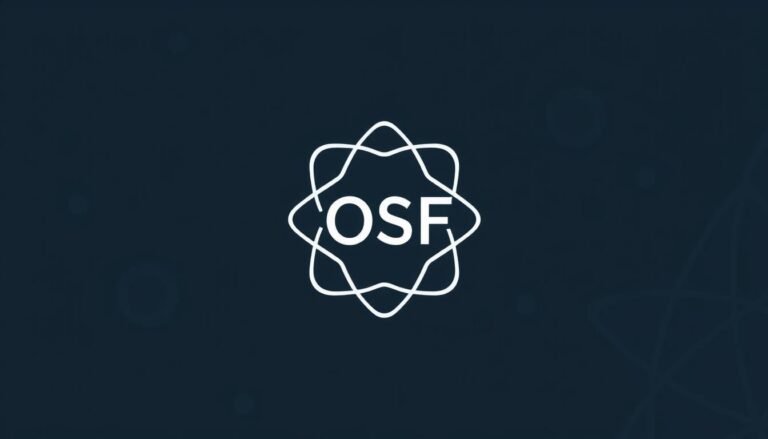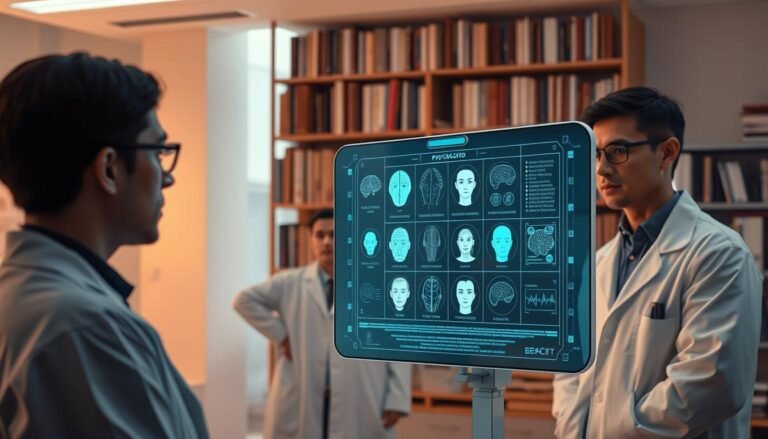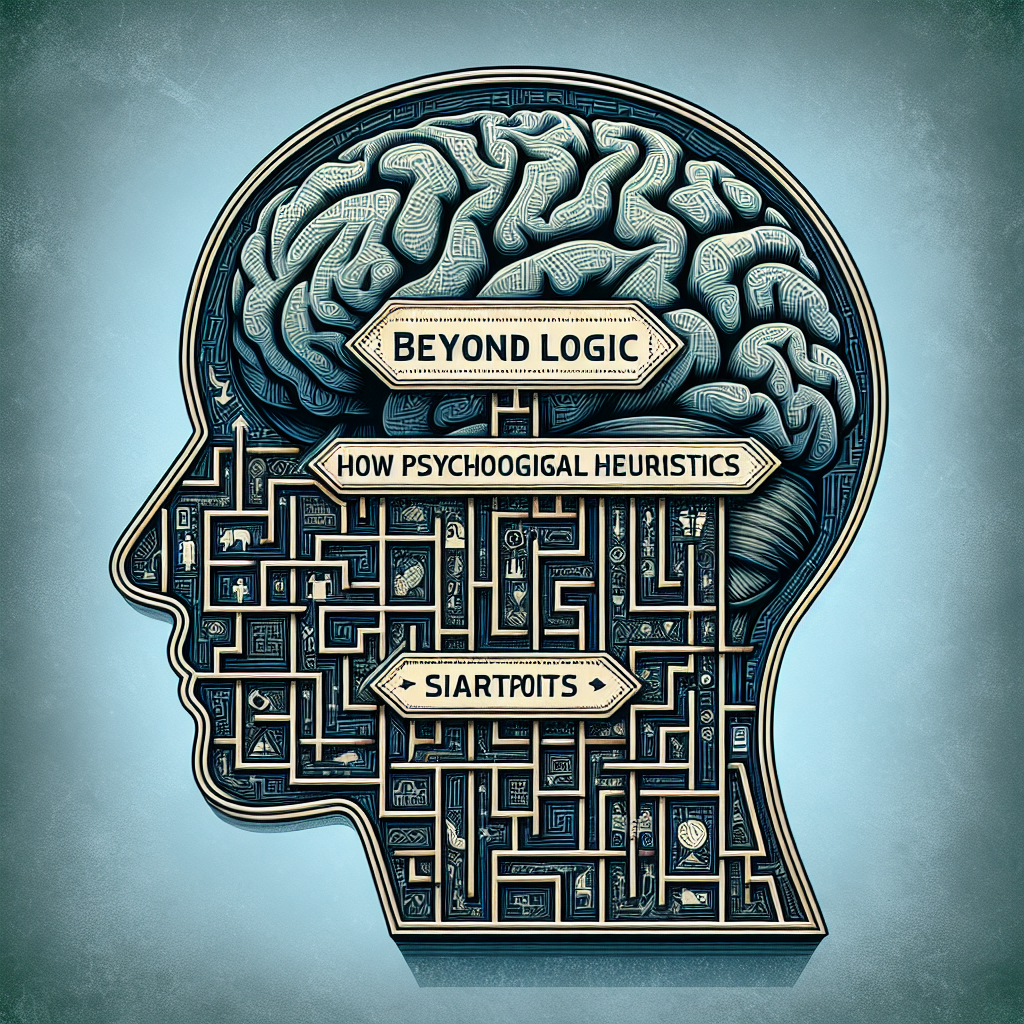
Beyond Logic: How Psychological Heuristics Guide Our Decision-Making Process
Introduction
In the fast-paced world we live in, decision-making is an everyday necessity. From choosing a breakfast cereal to making life-altering career choices, we constantly navigate a sea of options. But what if I told you that many of these decisions aren’t rooted in pure logic? Instead, they are often influenced by cognitive shortcuts known as psychological heuristics. This article will explore the multifaceted realm of "Beyond Logic: How Psychological Heuristics Guide Our Decision-Making Process," laying bare the power of these mental shortcuts and their profound impact on human behavior.
The Foundation of Heuristics: What Are They?
Defining Psychological Heuristics
Psychological heuristics are mental shortcuts or rules of thumb that simplify decision-making processes. They allow us to process information quickly, but they can also lead to systematic errors or biases. While logic plays a vital role, these heuristics can often divert our choices in unexpected directions.
The Historical Context
The study of heuristics dates back to the work of psychologists Daniel Kahneman and Amos Tversky, who revolutionized our understanding of human thought processes. Their groundbreaking research laid the foundation for behavioral economics and the study of irrational decision-making.
The Major Types of Heuristics
1. Availability Heuristic
The availability heuristic relies on immediate examples that come to mind when evaluating a specific topic or decision. For instance, people often fear flying more than driving because plane crashes receive extensive media coverage, despite statistical evidence indicating flying is safer.
Case Study: Public Perception of Shark Attacks
In 2019, a viral video of a shark attack spurred widespread public panic. Despite the rarity of such incidents, the media’s portrayal made it seem like a common risk. This illustrates how the availability heuristic skews our perception of risk based on recent or vivid information.
2. Anchoring Heuristic
The anchoring heuristic occurs when individuals heavily rely on the first piece of information they receive when making decisions. This initial information serves as a reference point, or "anchor,” influencing subsequent judgments.
Case Study: Pricing Strategies
Retailers often employ anchoring to increase sales. For instance, if a jacket is marked down from $200 to $100, consumers perceive it as a bargain based on the initial price. This strategy effectively utilizes the anchoring heuristic to influence purchasing decisions.
3. Representativeness Heuristic
This heuristic involves judging probabilities based on how much one thing resembles another. It can lead to stereotypes and false conclusions about probability.
Case Study: Job Candidate Profiles
In hiring processes, employers might favor a candidate who fits a "typical" profile despite evidence that a non-traditional candidate may perform better. The representativeness heuristic can overshadow merit, leading to biased hiring practices.
The Role of Emotion in Decision-Making
Beyond logic, emotions significantly influence our choices. Heuristics often intertwine with our emotional responses, prompting quick decisions that bypass rational thinking.
Case Study: The Impact of Mood on Financial Decisions
Research shows that individuals in a positive mood are more willing to take risks with investments. This hormonal influence illustrates how emotions can affect our financial decisions, often leading us "beyond logic."
The Dual-Process Theory
The dual-process theory by Kahneman posits that human thought is divided into two systems: System 1 (fast, intuitive) and System 2 (slow, deliberative). Most heuristics operate within System 1, allowing for speedy judgments and decision-making but often at the expense of accuracy.
Case Study: Fast vs. Slow Thinking in Consumer Behavior
In marketing, appeals using emotional triggers often target System 1 thinking, driving impulsive purchases. Advertisements that evoke strong emotional responses can effectively bypass rational evaluations, demonstrating the impact of psychological heuristics in consumer behavior.
Tables of Heuristics
| Type of Heuristic | Description | Real-World Example |
|---|---|---|
| Availability | Basing decisions on readily available information | Fear of plane crashes based on media coverage |
| Anchoring | Relying on the first piece of information received | Discount pricing strategies in retail |
| Representativeness | Making judgments based on stereotypes or prototypes | Hiring decisions favoring traditional candidates |
| Affect | Emotional reactions guiding choices | Riskier investments when feeling optimistic |
The Dangers of Heuristics
Cognitive Bias and Decision-Making
While heuristics help simplify complex decisions, they can also lead to cognitive biases—systematic errors in thinking. Understanding these biases is critical for recognizing when our thought processes may skew our judgment.
Common Cognitive Biases
- Confirmation Bias: The tendency to only seek or interpret information that confirms one’s pre-existing beliefs.
- Overconfidence Bias: Holding an inflated belief in one’s capabilities, leading to poor decision-making.
- Sunk Cost Fallacy: Continuing an endeavor once an investment in money, effort, or time has been made, despite new evidence suggesting a change in strategy might be more beneficial.
The Practical Application of Heuristics in Everyday Life
Improving Decision-Making
Understanding psychological heuristics can enhance our decision-making processes. By being aware of these mental shortcuts, we can question our biases and employ strategies to mitigate their influence.
Case Study: The Role of Heuristics in Personal Finance
Financial decisions often become impulsive due to various heuristics like the scarcity effect—valuing things more highly when they are perceived as scarce. Knowing this, individuals can better navigate financial decisions, emphasizing rational evaluation over emotional impulse.
Cognitive Debiasing Strategies
- Critical Thinking: Encouraging a systematic review of the decision-making process can help recognize and counteract biases.
- Seeking Diverse Perspectives: Gathering input from diverse viewpoints can illuminate blind spots and reduce reliance on faulty heuristics.
- Checklists: Using structured decision-making tools can help clarify priorities and counteract impulsive choices.
Real-World Applications: Businesses and Marketing
The Toyota Approach
Toyota employs heuristics in their marketing strategies, ensuring emotional appeals resonate with consumers. By leveraging the availability heuristic, their ads often highlight positive experiences to create a connection with potential buyers.
Tech Startups
In the fast-paced tech world, startups frequently rely on heuristic principles to develop their user interfaces and experiences. For example, user testing often reveals that simplicity over complexity effectively addresses user needs, enhancing customer engagement and retention.
Conclusion
In a world dominated by data and analytics, recognizing the role of psychological heuristics is essential for optimizing our decision-making processes. "Beyond Logic: How Psychological Heuristics Guide Our Decision-Making Process" reveals the intricate dance between emotion and intellect, elevating our understanding of how we navigate choices every day.
Embracing the insights shared in this article can empower you, whether in personal finance, professional settings, or everyday choices. Remember, the next time you make a decision, pause and reflect—are you leaning on logic, or have psychological heuristics subtly guided you towards your choice?
FAQs
1. What are psychological heuristics?
Psychological heuristics are mental shortcuts that simplify decision-making. They allow individuals to make quick judgments based on limited information, often leading to biases.
2. How do heuristics influence decision-making?
Heuristics influence decision-making by allowing individuals to rely on familiar patterns, which can enhance speed but may also introduce errors in judgment.
3. Can recognizing heuristics improve decision-making?
Yes, by being aware of psychological heuristics, individuals can question their biases and make more rational decisions in both personal and professional contexts.
4. What are some common examples of heuristics in everyday life?
Common examples include the availability heuristic (relying on noticeable instances), the anchoring effect (being influenced by initial information), and the representativeness heuristic (judging by prototypes).
5. How can businesses utilize heuristics in marketing?
Businesses can leverage heuristics by designing marketing strategies that evoke emotional responses, ensuring their messages resonate quickly and effectively with consumers.
In navigating the complexities of decision-making, we are continually asked to reflect on the balance of logic and intuition. By fostering an awareness of heuristics, we can aspire to make better decisions, ultimately enriching our lives and those of those around us.


